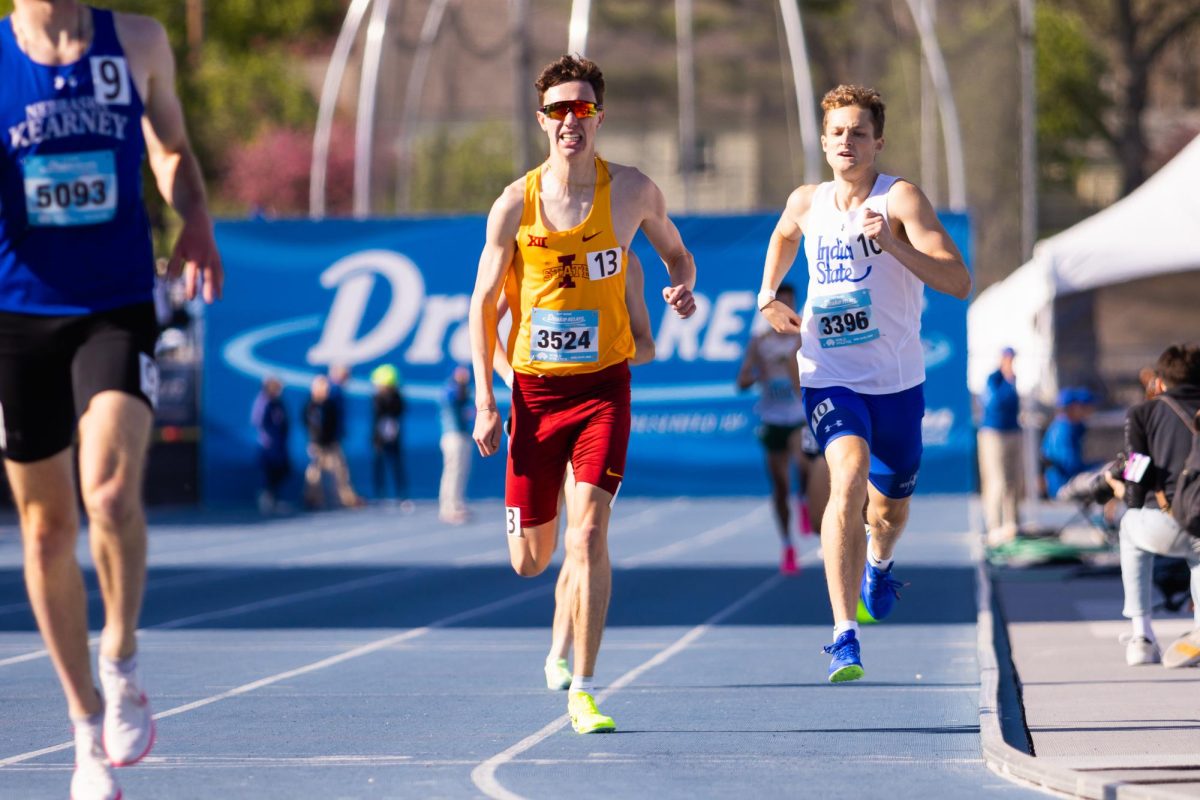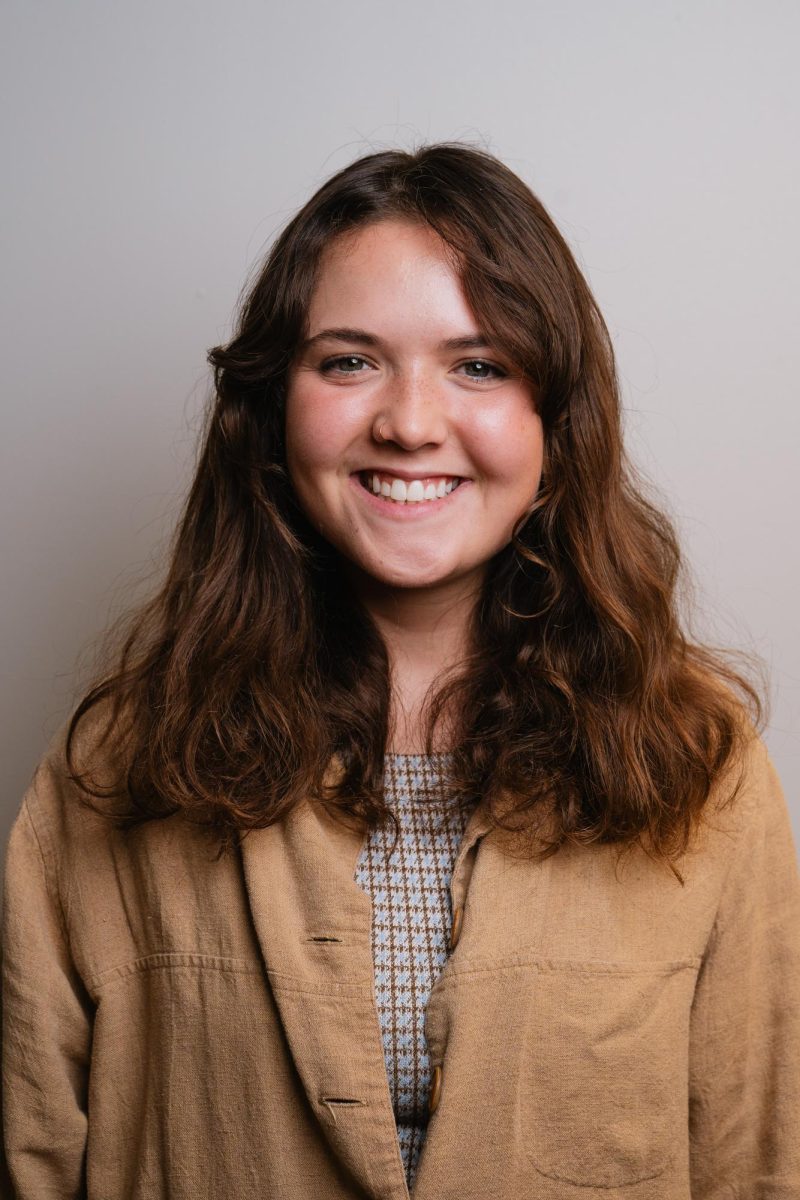Number of female faculty still lags behind male counterparts
March 9, 2000
While women have reached many new heights in society over the past decade, some of them still have a long way to go before they reach the top at Iowa State.
Statistics in the 1999-2000 ISU Fact Book show that Iowa State’s 519 female faculty members have not yet reached par with their 1,262 male co-workers.
Denise Vrchota, 1998-1999 president of the Faculty Senate, said the numbers should be expected.
“It doesn’t surprise me that there’s such a drastic difference between female and male faculty considering that we are a university of science and technology,” said Vrchota, adjunct assistant professor of journalism. “But that doesn’t make me happy.”
Dean Ulrichson, 1999-2000 president of the Faculty Senate, said each college hires its faculty individually, and applicants for all university faculty positions are usually expected to have Ph.D.s for tenure track.
“There is clearly a sentiment that we need to improve the position of women and minorities,” said Ulrichson, professor of chemical engineering. “Iowa State has a policy of affirmative action [for hiring faculty], but as far as I know, there is no quota imposed.”
Carla Espinoza, director of affirmative action at Iowa State, said she thinks many colleges pay attention to the number of female faculty they hire.
“I think some departments are very conscientious about their student mix when they’re looking to hire faculty,” she said. “I know [President Martin Jischke] holds the deans accountable for the diversity of their faculty.”
Espinoza said she thinks many colleges consider the demographics of their programs when they hire faculty because they want to be responsive to the students’ needs.
Dianne Bystrom, director of the Carrie Chapman Catt Center, said the number of women in higher learning is improving.
“It’s taken a while for women to break in; it’s been a slow progress,” she said. “But there has been a tremendous influx of women seeking Ph.D.s.”
Bystrom said a study conducted by the National Opinion Research Center at the University of Chicago reported that 41 percent of the doctorates awarded at universities across the United States went to women during the 1996-1997 academic year.
“Women are receiving doctorates in record numbers,” she said. “As more women earn doctorates, you should see an increasing number at universities.”
While the number of women earning higher degrees is a good sign, Bystrom said she thinks the university needs to do more to attract women to faculty positions.
She said one way the university could address this would be by promoting spousal accommodations or hiring couples into faculty positions.
“If you hire young couples, I think the likelihood of them staying is greater,” she said.
Espinoza also said Iowa State’s colleges need to be actively attracting female faculty.
“We need to remember that right now we’re in a buyer’s market,” she said. “We need to be selling our strengths.”
Espinoza said this could be done by publicizing the ISU and Ames communities more, focusing on outreach to potential applicants and strengthening the mentoring program for faculty.
Espinoza said faculty turnover may be another explanation for the large difference between tenured female and male faculty. Currently, there are 221 tenured female faculty members and 893 male.
“There was a time when the only tenured faculty were male,” she said. “Over the next five to 10 years, there’s going to be a major turnover in faculty due to retirements. There is a very strong interest in finding more women.”
Vrchota said she thinks a larger female faculty will be beneficial to the 11,590 female and 14,520 male students attending Iowa State.
“Female students need female faculty as role models across the university, and probably male students do, too,” she said. “We need to be looking for more women in all disciplines.”
















